Jun 25, 2025
Author:Amanda Lyu
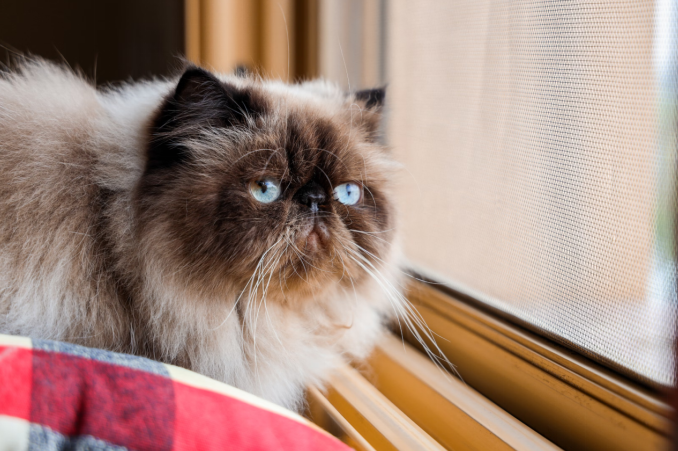
Being exceptionally famous in its proud physical outlook and endearing nature, many individuals term the Himalayan cat as the Himmie. An interesting fact about this breed of cats is that they are varied in color of coats. Knowledge of these colors can make us understand cats more and help take care of them.
We'll examine the Himalayan cat colors, explore their special traits, and supply helpful information on caring for them in this guide. We will mention some WOPet products designed to help keep your Himalayan healthy and comfortable.
The unusual color of Himalayan cats can be attributed to a genetic mutation that causes the production of pigment in their fur to change. Due to such a mutation, the whole body of the cat becomes lighter, but the ears, face, paws, and tail are left dark. Such coloration is common and is known as point coloration.
Because of an enzyme that is sensitive to temperature, cool sections of a cat's fur become dark, while warmer areas appear paler. Thanks to its special gene, the Himalayan is easily recognized by its coat.
Many believe the seal point Himalayan cat is the breed's most well-known cat. Due to its beautiful mix of white and brown on its body, this type of cat has an elegant appearance.
You can easily recognize seal points since their black color matches their paler bodies. The deep blue eyes of the seal point Himalayan cat are a very noticeable feature.
A blue point Himalayan cat is usually grayish blue with darker blue paws and tail. It is less intense and more pleasing in comparison with seal point, but still with a clear contrast. The Himalayan cats appear silver due to the fact that their coats consist of blue color, and they always have bright blue eyes.
According to Lilac, Himalayan cats are special, and some even believe they are cute. They are principally white, and their tips and toes are a pale nder-gray. Because of its slight colors, the cat seems fragile and even ghostly.
Many want to pet Lilac points because of their lovely, delicate coloring.
The Flame Point Himalayan appears in a creamy white overall, with bright orange-red points. This kind of coloring makes the cat look powerful and intense in comparison with the more relaxed colorations. Besides warm body color, flame points probably possess coral-pink noses and paw pads.

The cream-point Himalayan cat is mainly white with some spots of cream color. The color contributes to the cat being relaxed and gentle, and it seems like a very friendly cat. People who like subtle elegance choose cream points because of their silent beauty.
A tortie point Himalayan cat is noticeable because it has dark points distributed along the body, and faint red, cream, or blue lines. Because of its varied colors, the cat looks special and appealing.
People often want tortoise points because their coats are both rare and display vivid colors.
Because they have cream and Himalayan cat colors blue points, blue-cream point Himalayans have a peaceful and soft overall coloring. While it may appear understated, its beauty adds a special touch to the standard color palette.
People admire blue-creams for their soft and even color combinations.
The Himalayan cat of the chocolate-cream variety resembles mostly chocolate brown, exuding cream markings. Due to such a blend, the palette feels rather pleasant and cozy, and, at the same time, it is distinct.
Chocolate cream points are considered rare and valuable by those who love the Himalayas.
Pale nder-gray regions with cream-like colors underneath mark the lilac-cream point Himalayan cat. The gentle combination of these colors of Himalayan cats brings out a gentle and delicate color pattern.
The gentle beauty and uncommonness of lilac-cream points are what most people admire about them.
It is rarer in the form in which the hair is lighter at the base and darker at the tip, causing a translucent to shimmering effect. Smoke points appear to be a mystery and are confused with shaded or smoked Himalayan Persian cat colors.
It is like a seal point Himalayan cat except that the brown is darker, more dramatic, and deeper. Sepia points add a reddish color that makes them stand out from most seal points.
There is even a rare version called Creamy Caramel Points. They appear warmer than cream points, yet this color is not as deep as chocolate points.
To retain the look of the fur of a Himalayan cat, grooming is very necessary. Otherwise, they will begin to mat due to their luxurious fur, which requires proper care. Applying these points will assist you in preserving the coat of your Himalayan cat:
● Brush your Himalayan cat every day because this prevents a tangle or mat of fur. Either use a wide-toothed comb or a slicker brush to loosen the knots in your pet's fur.
● Occasionally, bathe your Himalayan cat using a gentle shampoo and make their coat appear healthy. Pick a shampoo made for cats and shampoo them completely, followed by a deep rinse.
● Be sure that your Himalayan cat can drink fresh water whenever they need it. Providing adequate water to your pet helps in the improvement of the skin and its coat.
● Give your pet a diet rich in omega-3 fatty acids for healthy skin and hair.
You can use a ceramic pet water fountain to ensure your Himalayan is hydrated. The product persuades cats to drink enough water, which is good for their health.
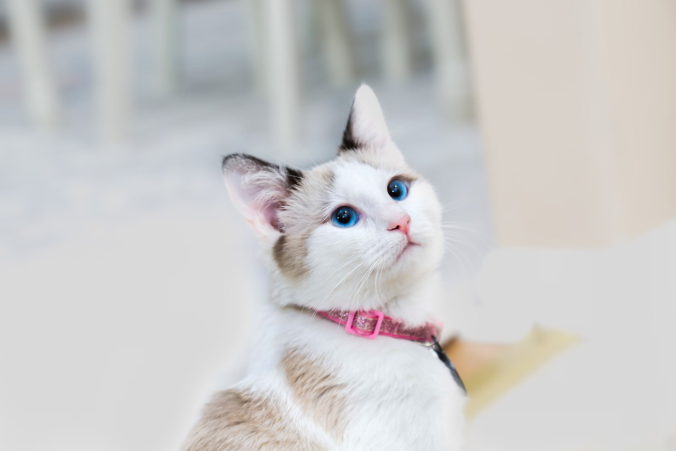
The Himalayan cat is recognized by its beautiful, deep Himalayan cat colors blue eyes. Himalayans always have bright blue eyes regardless of the hue of their coat.
The striking blue eyes are common in the breed and attract attention to how attractive they look. The eye color should always be the same, no matter what color Himalayan cat you observe.
Different temperatures shape the coat colors of Himalayan cats. The gene in question becomes active at lower temperatures in the coat, so areas exposed to air lose their original lighter color and turn dark.
Himalayan cats benefit from having the additional dark fur since they have cooler ears, face, paws, and tail. What makes the breed special is its coloration, which varies with temperature.
Himalayan cats are generally quite healthy; however, this trait, when it comes to the physical characteristics of a Himalayan, can predispose them to particular health problems. Medical issues that people regularly encounter are:
● Due to their flat face, cats have problems breathing normally and are more prone to respiratory infections.
● The jawbone in the Himalayan cats has been set up in such a manner that it leads to dental diseases.
● The moisture on the body is prone to beckoning infections when a long coat is not groomed correctly.
Taking your pets to the vet regularly to check their well-being and taking care of their cleanliness will settle these health concerns and keep your Himalayan cat healthy and cozy.
Making sure that they are fed and on time is also a good idea to ensure that your cat remains healthy. By using WOPet’s dual feeders with scheduled feeding and cameras, you can ensure your cats get all the food they need, and that too on time.
You will have to alter the care you provide to your Himalayan cat once it grows. When your cat is mature, you might feel that he or she does not move as before, prefers different foods, or has problems with water consumption or locomotion.
Maintaining hydration among cats is very important. Cats tend to consume less water as they age, and access to water in a fountain can actually do them good at home. You’ll find some guidance here on how to ensure your older pets have access to the right water.
Knowing your cat's age in personal years gives you an idea of what stage of life they are in and supports better care. This information on turning cat ages into human years offers useful points to help you change your pet's care.
The many colors of Himalayan cats are just as striking as they are different. Every color, both the traditional seal point and the unusual lilac-cream point, demonstrates some aspect of the history and genes of this breed.
It is necessary to wash and hydrate your Himalayan cat and take care of its health. Being aware of what makes every Himalayan cat color special will enable you to provide them with the best care and keep them healthy for many years to come.
Label:
Popular Post
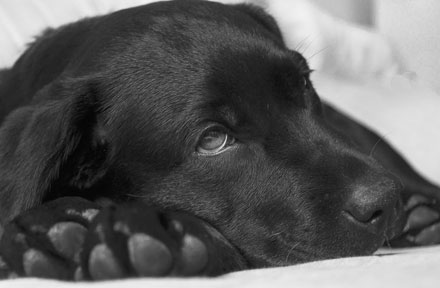
What to Feed a Sick Dog With No Appetite? [2025 Guide]
May 16, 2023
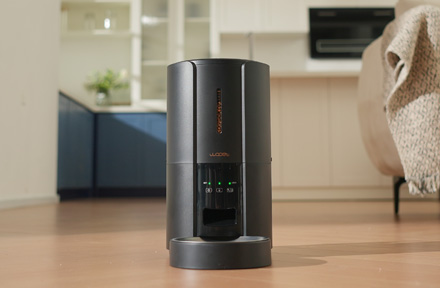
Troubleshooting Common Issues with Automatic Pet Feeders: Tips & Tricks for Pet Owners
Oct 26, 2023
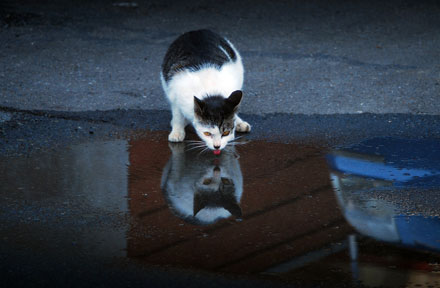
Why Does My Cat Cough After Drinking Water? 8 Potential Reasons
Mar 13, 2023
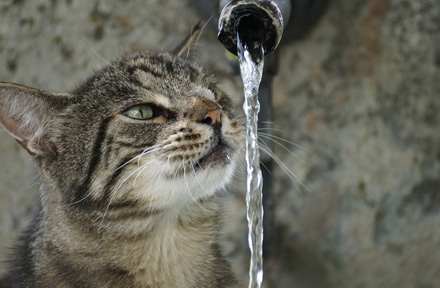
Why is My Cat Throwing up Water? Top 5 Causes Here
Feb 08, 2023
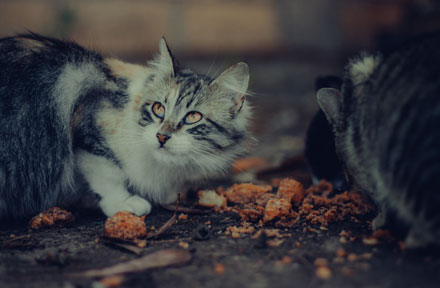
My Cat Only Eats A Little at A Time - What to Do?
Feb 27, 2023
$99.99
$129.99
Copyright © 2025 WOPET. All Rights Reserved.